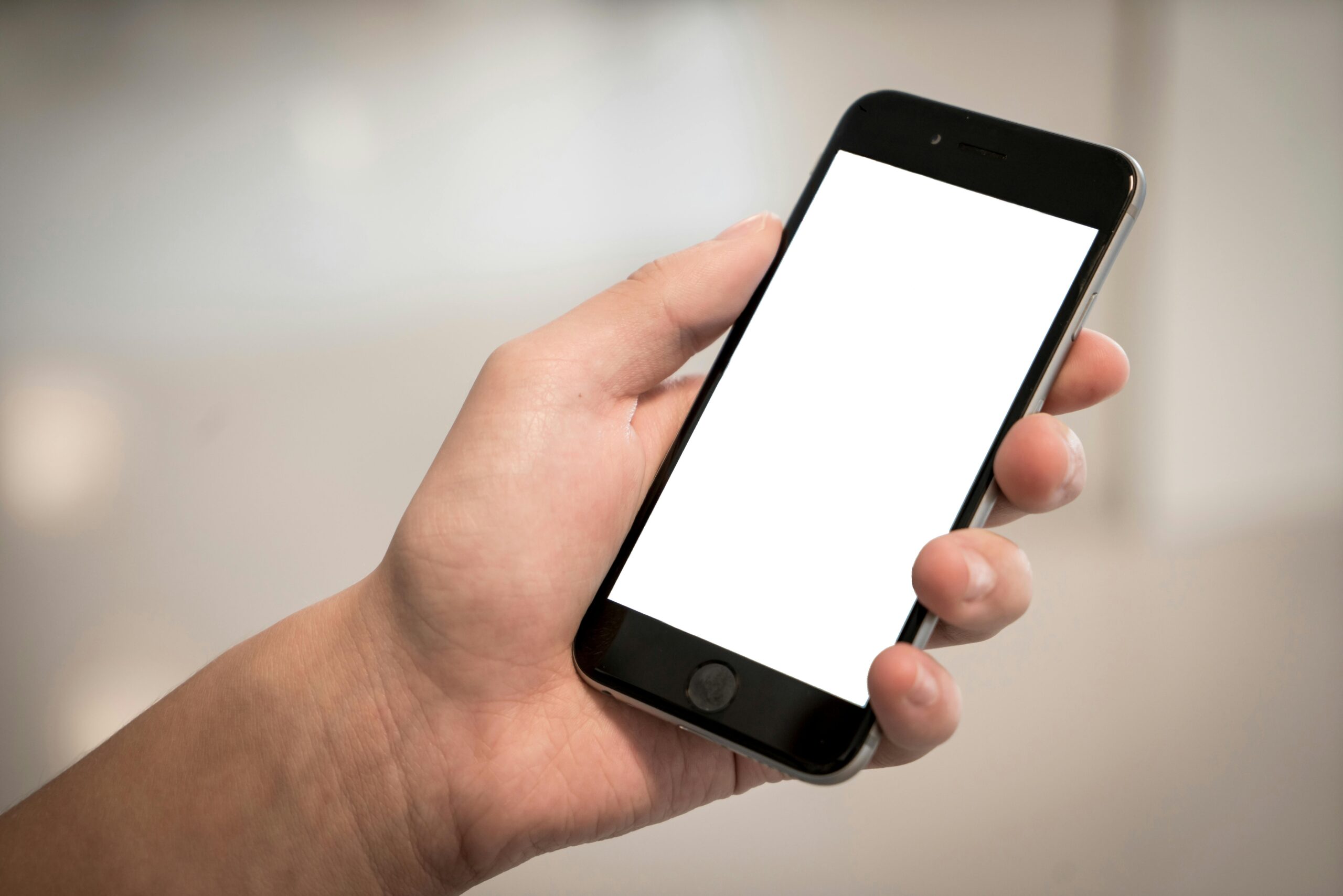In today’s hyper-connected world, screens are ubiquitous. From work meetings conducted on Zoom to evening Netflix binges, screens are our portals to productivity, entertainment, and connection. Yet, this ever-present technology presents a paradox: while it empowers us in remarkable ways, excessive screen time can come at a significant cost.
The Rise of Screen Time
The COVID-19 pandemic catalyzed a seismic shift in screen usage. Remote work, online learning, and virtual gatherings became the new normal, pushing screen time to unprecedented levels. According to a 2022 Nielsen report, the average adult spends over 11 hours a day interacting with screens. For children and teens, the numbers are equally staggering, with studies suggesting that they spend upwards of 7 hours daily on screens outside of schoolwork.
The Benefits of Screen Time
It’s important to acknowledge the positive impacts of screen time. Educational apps have transformed learning, offering children interactive ways to master skills. Platforms like Duolingo and Khan Academy make acquiring new knowledge more accessible than ever. For adults, screens are indispensable for work, enabling collaboration across time zones and industries. Social media has also fostered global connections, allowing individuals to build communities and share experiences across cultural boundaries.
Moreover, screens have democratized content creation. YouTube, TikTok, and Instagram have turned ordinary people into influencers, artists, and educators, enabling diverse voices to reach millions. Video games, often criticized for promoting sedentary lifestyles, have evolved into complex ecosystems that build problem-solving skills and encourage teamwork.
The Dark Side of Screen Overload
However, the drawbacks of excessive screen time are undeniable. Physical health is one of the first casualties. Prolonged screen use leads to digital eye strain, also known as computer vision syndrome, which manifests as dry eyes, headaches, and blurred vision. Sedentary behavior associated with screen use contributes to obesity and other chronic health issues.
The impact on mental health is equally concerning. For children and teens, excessive screen time correlates with higher rates of anxiety, depression, and decreased attention spans. Social media platforms, while connecting people, often promote unhealthy comparisons and cyberbullying. For adults, doomscrolling—the compulsive consumption of negative news—can exacerbate stress and feelings of helplessness.
Sleep disruption is another major issue. Blue light emitted by screens suppresses the production of melatonin, a hormone crucial for sleep. A Harvard study found that exposure to blue light before bedtime can delay sleep onset and reduce sleep quality, contributing to a cycle of fatigue and reduced productivity.
Striking a Balance
So, how do we navigate the double-edged sword of screen time? Experts emphasize balance over elimination. Here are practical tips for maintaining healthy screen habits:
- Follow the 20-20-20 Rule: Every 20 minutes, take a 20-second break and look at something 20 feet away. This reduces digital eye strain and refreshes focus.
- Create Tech-Free Zones: Designate areas of your home, like the dining table or bedroom, as screen-free spaces. This fosters meaningful offline interactions and improves sleep hygiene.
- Set Boundaries: Use apps to track and limit screen time. Many smartphones offer built-in tools to monitor usage.
- Prioritize Quality Over Quantity: Not all screen time is created equal. Encourage educational content and limit passive consumption like endless scrolling or binge-watching.
- Engage in Offline Activities: Balance screen use with physical activity, hobbies, and face-to-face connections.
Looking Ahead
As we continue to integrate screens into every aspect of our lives, the challenge lies in harnessing their benefits while mitigating their downsides. Awareness and intentionality are key. By adopting mindful habits, we can ensure that technology serves us—not the other way around.
The digital age is here to stay, and with it comes an ongoing conversation about balance, health, and well-being. Screens may dominate our world, but how we interact with them remains in our control. The power to create a healthier relationship with technology is, quite literally, at our fingertips.




